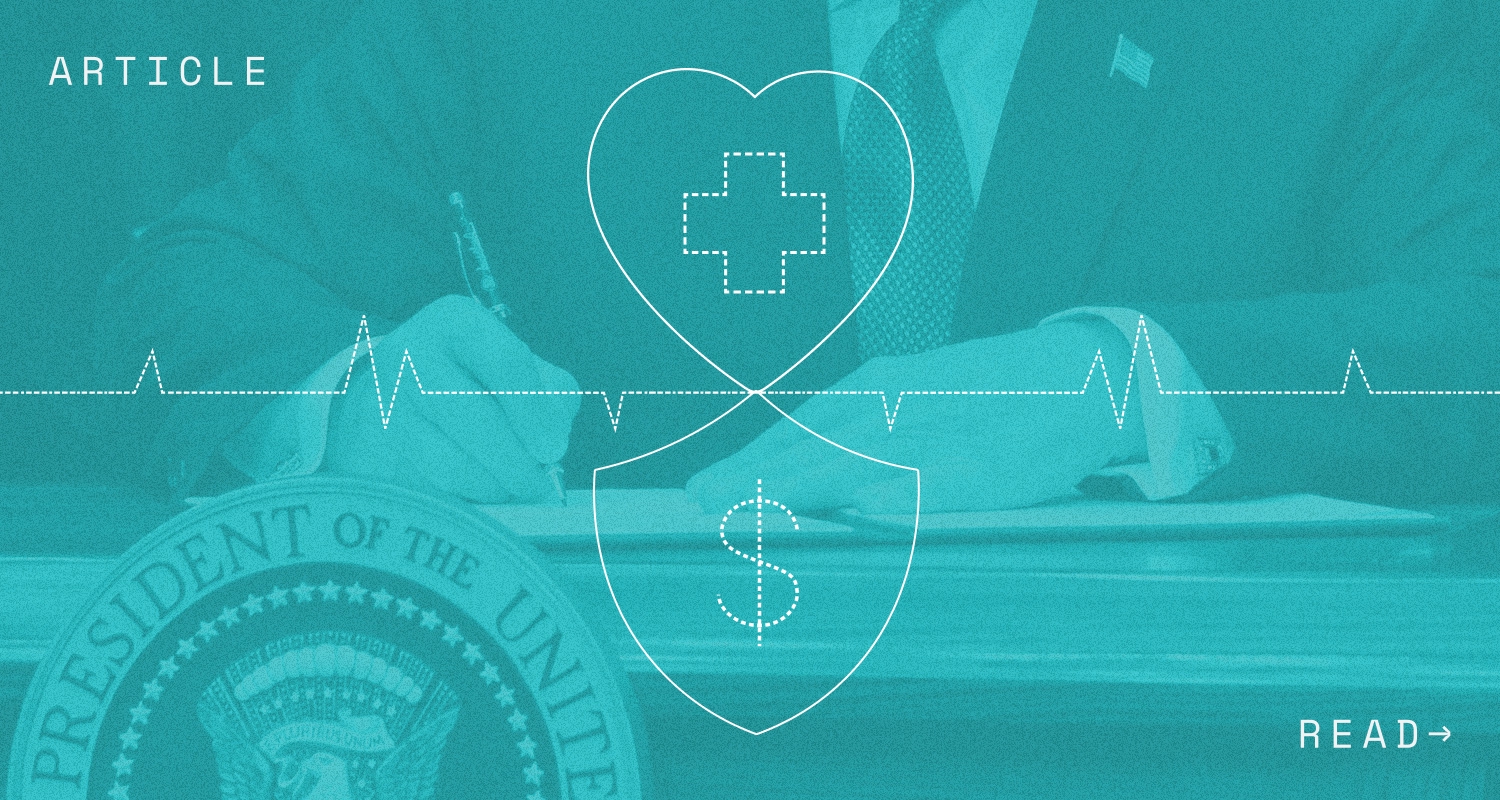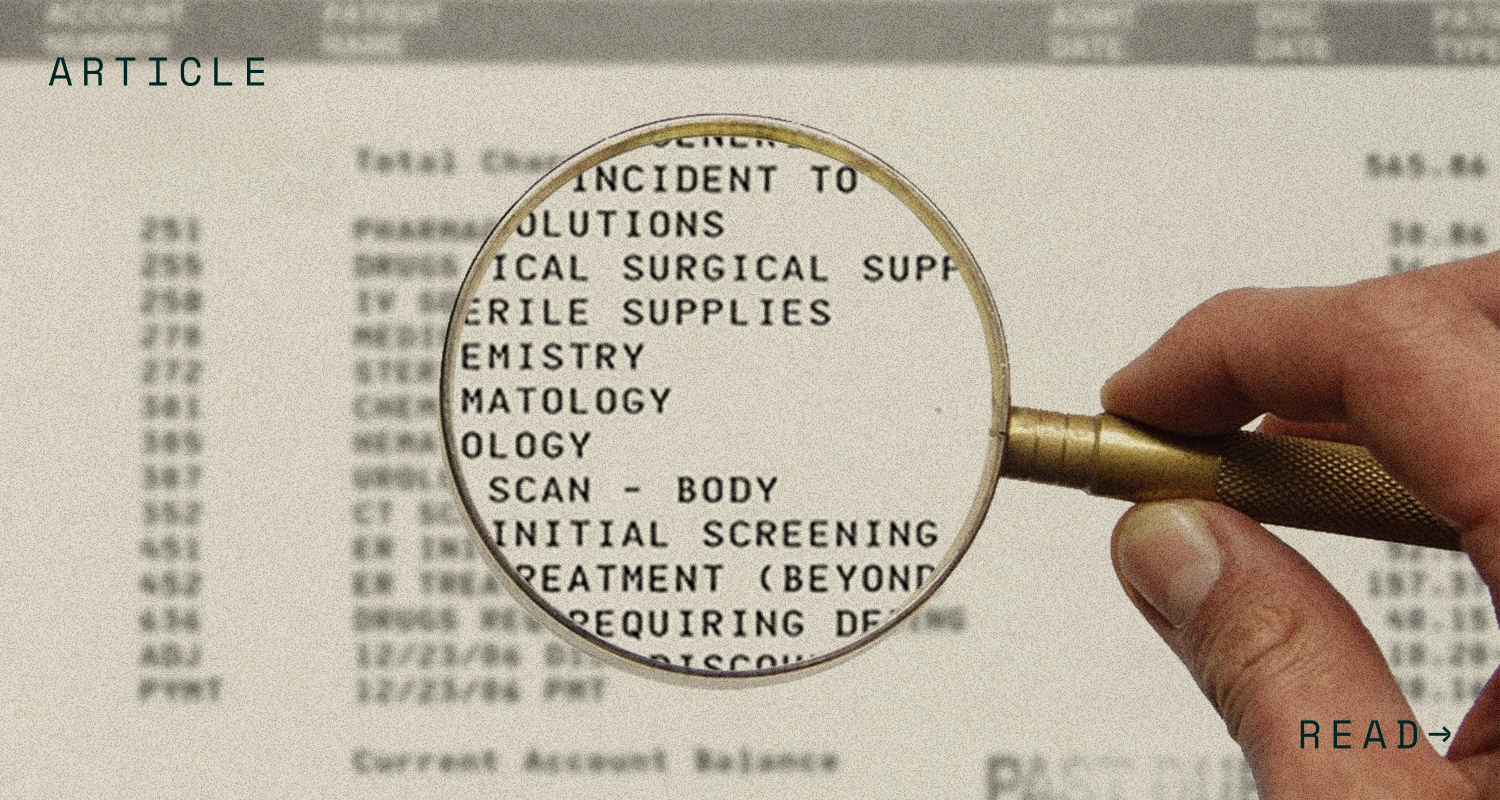On Monday, August 3, 2020, the U.S. District Court for the Southern District of New York (the “Court”) vacated several significant provisions of the U.S. Department of Labor’s (DOL) “Final Rule” interpreting the Families First Coronavirus Response Act (“the Act” or “FFCRA”). The Final Rule, which is effective through December 31, 2020, provides rules and guidance on the administration of the FFCRA’s paid leave requirements. For more information about the FFCRA and the Final Rules, please see our prior posts here, and here.
The Court rejected four key parts of the Final Rule and while the DOL may appeal this decision or update conflicting rules and guidance under its official Frequently Asked Questions (FAQs), this ruling has created some uncertainty for employers covered by the FFCRA. It is unclear whether the district court’s decision to vacate portions of the Final Rule will apply only to the state of New York or on a nationwide basis and therefore, employers should consult legal counsel regarding any uncertainty.
What Portions of the Final Rule did the Court Reject?
The four aspects of the DOL’s Final Rule that have been invalidated by the New York Court are discussed below:
- “Work-Availability” requirement – The DOL’s interpretation of this provision excludes employees whose employers do not have work available for them from being eligible for FFCRA benefits. For example, employees who had been furloughed for lack of business were deemed ineligible to take FFCRA leave. (See DOL FAQs 23-28) The Court rejected this work-availability requirement.
What this means: The Court’s decision to reject the work availability requirement may increase FFCRRA leave requests by employees who were laid off, on furlough, or whose worksite operations closed under state and local shelter-in-place orders.
- Documentation requirement – The DOL’s interpretation of this requirement gave employers the right to require specific documentation in support of an employee’s request for FFCRA leave. The Court rejected this to the extent employees are required to submit this documentation to employers prior to taking FFCRA leave.
What this means: The Court’s removal of employer receipt of documentation as a prerequisite to an employee taking leave may impact an employer’s current administrative procedures in terms of processing and granting requests for FFCRA leave. Employees do not need to provide supporting paperwork before taking FFCRA leave according to the New York Court ruling.
- Employer consent to intermittent leave – The DOL interpreted this provision to require employer consent before an employee can take FFCRA leave on an intermittent basis for certain qualifying conditions (such as the closure of a child’s school or place of care). The Court rejected the blanket requirement of employer consent for an employee to take intermittent FFCRA leave. Employers should note that the New York ruling does not impact the general prohibition on taking intermittent leave for FFCRA qualifying reasons related to possible COVID-19 exposure (such as being subject to a quarantine order, being advised by a healthcare provider to self-isolate, or experiencing symptoms of COVID-19 and seeking diagnosis).
What this means: Employees do not need employer permission and may take intermittent FFCRA leave to care for a child or when working remotely under the New York ruling.
- Definition of “health care provider” – The FFCRA permits employers to exclude, at their option, “health care providers” from paid leave benefits. The Court invalidated the Final Rule’s broad definition of “health care provider” for purposes of interpreting this exemption, reasoning that the broad definition allowed some employers to deny employees who may not necessarily provide health care services to patients from using FFCRA paid sick leave and family leave benefits.
What this means: Many employers who utilized the exemption based on the broad definition of “health care provider” under the Final Rules may need to revisit their blanket approach and more employees at health care institutions may be eligible for FFCRA leave.
Employer Considerations
Employers covered by the FFCRA should be aware of the New York decision and its potential impact on their approach to the administration of paid leave under the FFCRA. Employers should consult with legal counsel with respect to continued reliance on the four provisions that the Court rejected and may want to implement additional policies specifically tailored for FFCRA compliance. Our team continues to monitor this ruling and additional developments from the DOL and will provide any significant updates.
Additional Resources
- Department of Labor’s Final Rule
- New York Attorney General Press Release
- State of New York v. U.S. Department of Labor
- Sequoia Blog – Families First Coronavirus Response Act Takes Effect April 1st
- Sequoia Blog – What Employers Need to Know About the FFCRA Regulations and Additional FAQs
- Sequoia Blog – What Employers Need to Know About FFCRA Recordkeeping & Posting Requirements
Disclaimer: This content is intended for informational purposes only and should not be construed as legal, medical or tax advice. It provides general information and is not intended to encompass all compliance and legal obligations that may be applicable. This information and any questions as to your specific circumstances should be reviewed with your respective legal counsel and/or tax advisor as we do not provide legal or tax advice. Please note that this information may be subject to change based on legislative changes. © 2020 Sequoia Benefits & Insurance Services, LLC. All Rights Reserved




